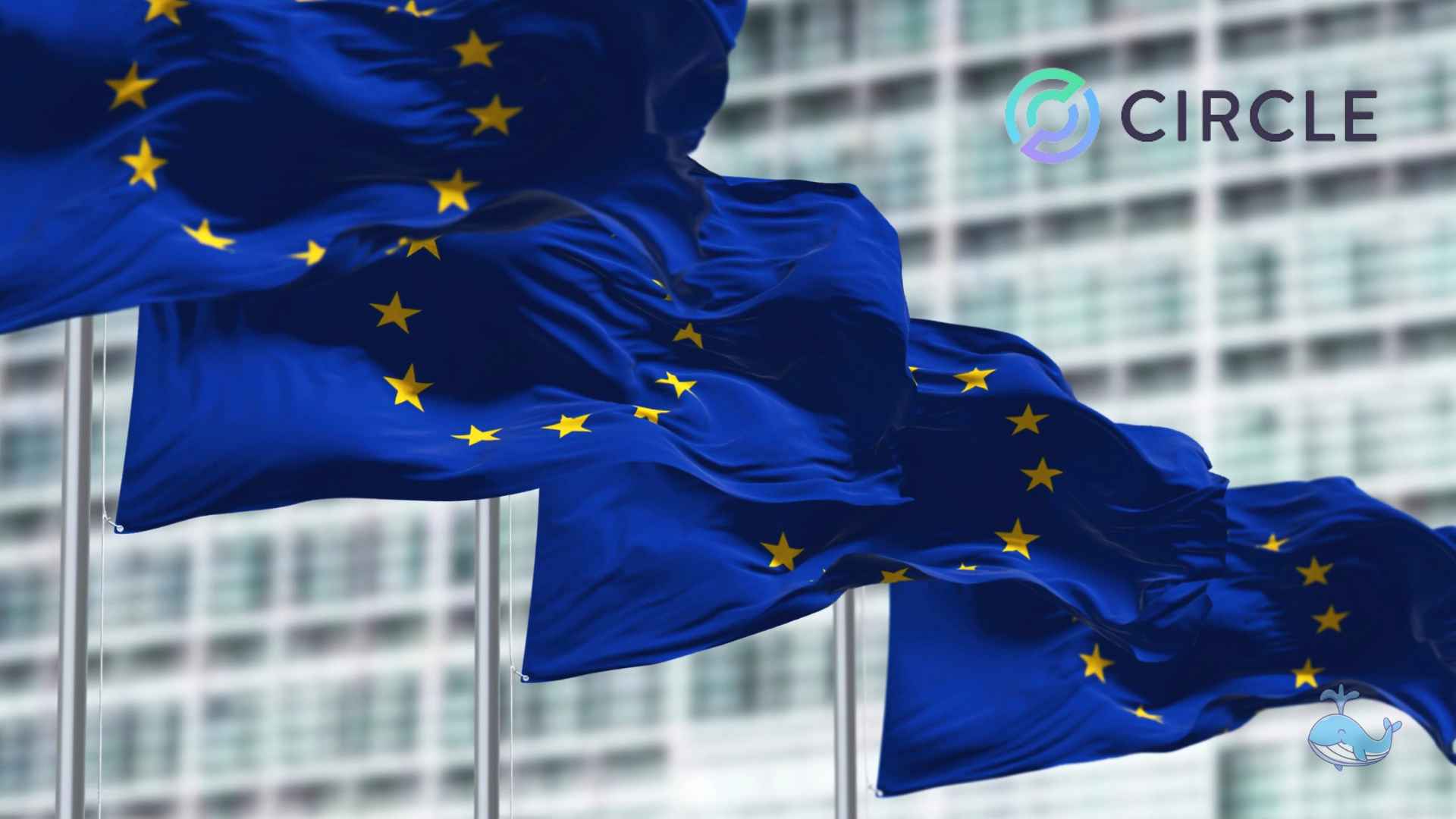Circle becomes First Stablecoin Issuer to comply with EUs MiCA Regulations

Circle announced today that it is now compliant with the European Union's MICA regulations after the Autorité de Contrôle Prudentiel et de Résolution, France's banking industry regulator, granted the company, best known for its USD Coin (USDC) stablecoin, an e-money license. As a result, Circle is now the first stablecoin issuer worldwide to comply with the Markets in Crypto-Assets (MiCA) regulatory framework established by the European Union.
1/ 🚨 As the first global stablecoin issuer to achieve MiCA compliance, we are committed to building a more inclusive, compliant future for internet finance.
— Circle (@circle) July 1, 2024
With effect from July 1, Circle is the first stablecoin issuer worldwide to comply with MiCA, according to CEO Jeremy Allaire during a press conference in Paris on Monday. The regulatory framework will allow Circle to issue its stablecoins, USDC and EURC, in Europe. Additionally, the company declared that Circle Mint, which enables companies to mint and redeem Circle stablecoins, has opened for business in France.
Allaire stated, "Since our founding, Circle has sought to build durable, compliant, and well-regulated infrastructure for stablecoins."
"We have made significant progress in bringing digital currency to the mainstream and gaining acceptance through our adherence to MiCA, which is among the world's most comprehensive crypto regulatory regimes," Allaire continued.
The action follows Circle's gradual efforts to comply with stablecoin industry regulations. Circle appointed a Head of French Operations and obtained a digital asset regulatory license in France in December. Under its French entity, the company will now introduce its stablecoins that comply with MiCA in Europe.
What EU crypto traders need to do as the MiCA regulatory framework takes effect
The European Union established the Markets in Crypto Assets (MiCA) comprehensive regulatory framework to standardize cryptocurrency regulations among its member states. The European Parliament approved the MiCA regulations in April 2023, and they are now being phased in. While the stablecoin provisions were approved just last week, MiCA became operative in May 2023. These provisions limit the ability to trade certain stablecoins, particularly those pegged to US dollars.
According to Article 23 of MiCA, companies that issue stablecoins denominated in currencies other than euros as "means of exchange" must shut down if they handle more than one million transactions—or 200 million euros—per day.
With MiCA, cryptocurrency companies can launch their services in one EU nation and expand them to additional markets around the bloc. The EU's Markets in Crypto Assets (MiCA) regulation for stablecoins has now gone into effect. It is expected that the remaining MiCA requirements for providers of crypto asset services will come into effect by December 30, 2024. Crypto companies have until July 2026 to achieve complete compliance with MiCA after this date.
Ilya Volka, CEO of YouHodler, has stated that users of stablecoins in the EU must now convert from unregulated stablecoins to regulated ones, such as USDC. EU residents who own stablecoins shouldn't move their holdings to offshore platforms, he added.
The CEO of YouHodler continued, "Users will be protected by the most recent market regulations by remaining on a MiCA-compliant platform. Using unregulated stablecoins on offshore platforms could be very dangerous as it exposes users to legal and financial risks, including the potential freezing of assets by authorities."
Volka further explained that there will be no losses when converting unregulated stablecoins to regulated ones. He went on, “For instance, your assets will stay the same dollar amount when you convert USDT to USDC.”
Disclaimer: This information should not be considered financial advice by any means. Please do your own research before making any investment decisions. The views in the articles are personal opinions only. Whale Insider is not responsible for any financial losses incurred.
